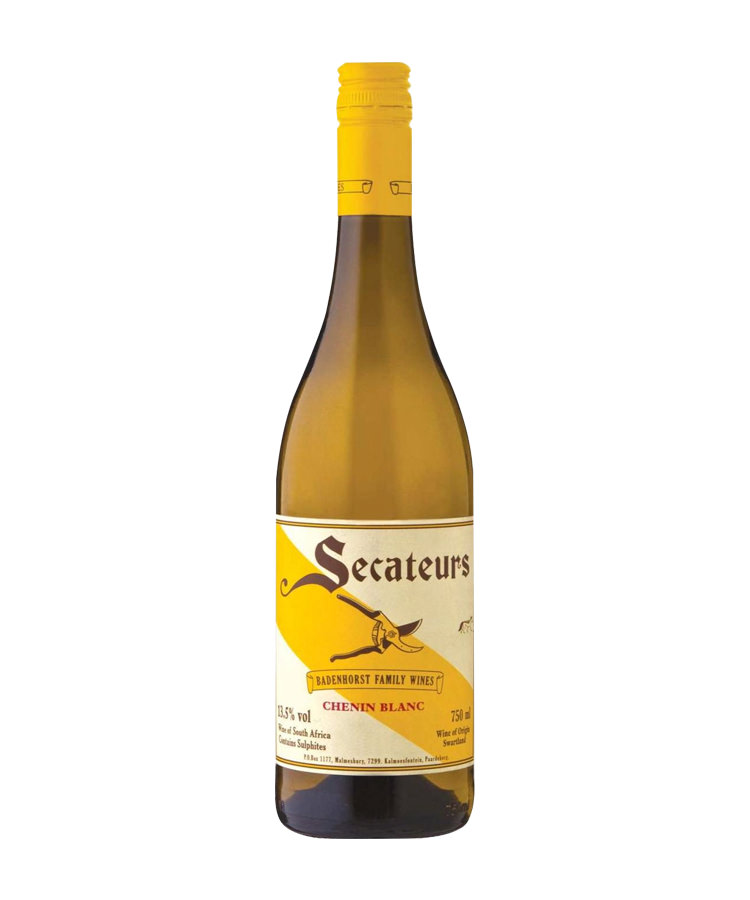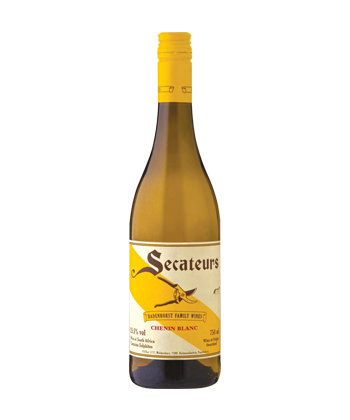Anyone who alleges that they don’t have preconceived notions about a wine before they try it is lying. Even — and especially — wine professionals, most of whom know that they should have a constant sense of open-mindedness when it comes to tasting new wines, yet they usually have some sort of bias toward a wine before trying it. That is one of the benefits of blind tasting; not knowing the grape, region, producer, vintage, price, or even label design allows the taster to make a wholly unbiased opinion of the wine. As blind tasting is rarely possible in a real-life context, however, we are often faced with the reality of judging a book by its cover (or, more aptly, judging a wine by its label). It’s always surprising, then, when those preconceived notions are blown out of the water. Case in point: the Badenhorst ‘Secateurs’ Chenin Blanc.
Looking at the bottle in front of me during a tasting panel, I was skeptical. A South African Chenin Blanc under screwcap for under $15? Yes, I love Chenin Blanc, and yes, South Africa is making more exciting wine, but many bottles can easily fall into overly fruity and uninteresting territory. What I found in my glass, however, was a happy surprise. Holding true to its Chenin Blanc identity — a grape that is often referred to as “Steen” in South Africa — the wine had texture, layers, and plenty of acidity.
Rather than consisting solely of fruit, the nose has funky, earth-driven undertones that make it almost Jura-reminiscent. Macerated yellow apple, cider, and tart orange juice carry through from the nose to the palate, but the salty, savory funk isn’t overly aggressive, making it an excellent option for those who want to dip a toe into the world of less fruity and more savory wines. There is both bright acidity and a broad, round mouthfeel, again creating dimension and balance. It just goes to show — you can’t always predict what’s going to be inside the bottle, and sometimes, that’s a very good thing.

